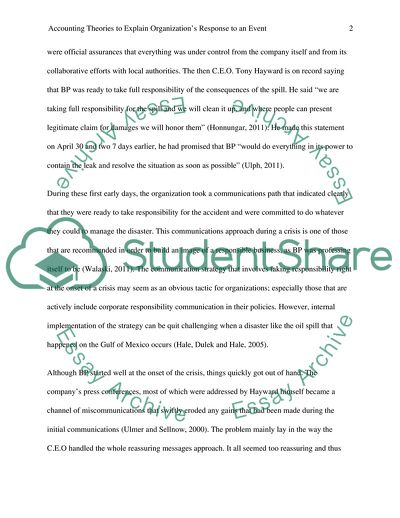Cite this document
(Accounting theories to explain the organisations response to the event Essay, n.d.)
Accounting theories to explain the organisations response to the event Essay. https://studentshare.org/finance-accounting/1763582-accounting-theories-to-explain-the-organisations-response-to-the-event
Accounting theories to explain the organisations response to the event Essay. https://studentshare.org/finance-accounting/1763582-accounting-theories-to-explain-the-organisations-response-to-the-event
(Accounting Theories to Explain the Organisations Response to the Event Essay)
Accounting Theories to Explain the Organisations Response to the Event Essay. https://studentshare.org/finance-accounting/1763582-accounting-theories-to-explain-the-organisations-response-to-the-event.
Accounting Theories to Explain the Organisations Response to the Event Essay. https://studentshare.org/finance-accounting/1763582-accounting-theories-to-explain-the-organisations-response-to-the-event.
“Accounting Theories to Explain the Organisations Response to the Event Essay”. https://studentshare.org/finance-accounting/1763582-accounting-theories-to-explain-the-organisations-response-to-the-event.


